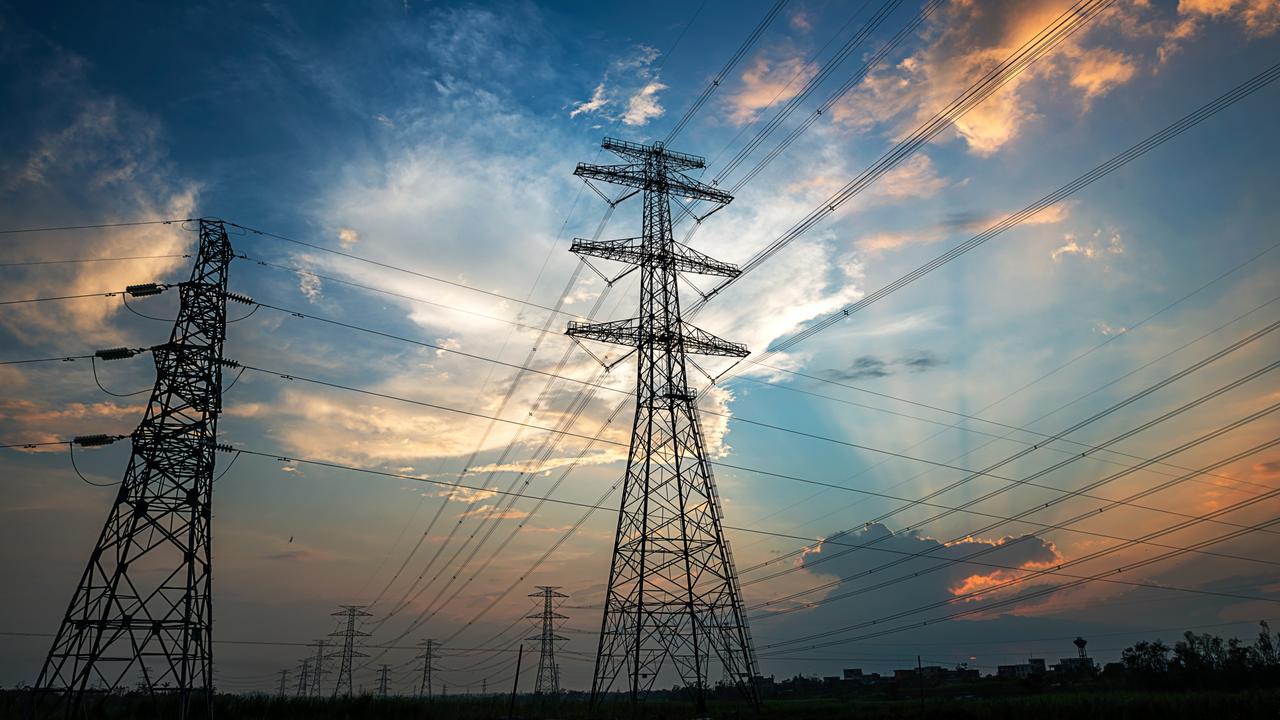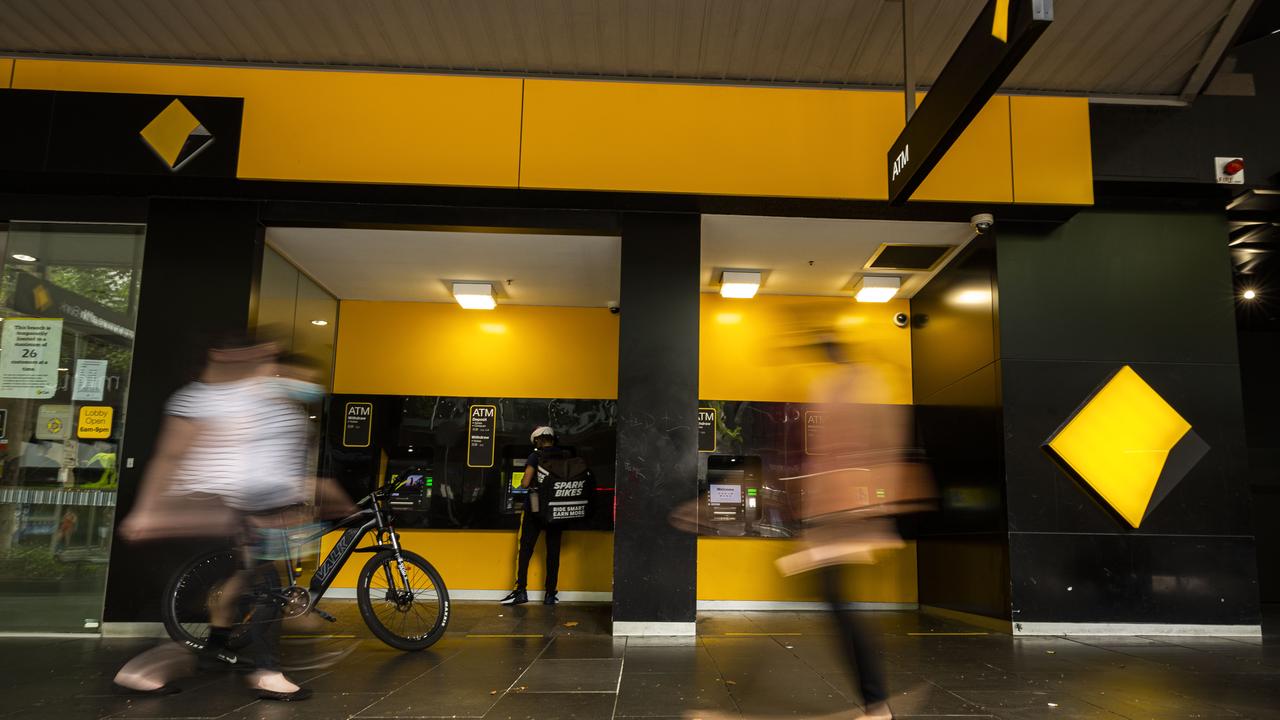Time for AGL’s power wars to end in make-or-break moment

After years of distraction the energy giant needs to get on with its plans to become a green energy giant. And more than just AGL’s future is at stake: the energy grid is also relying on the power generator getting the transition right.
Tech billionaire Mike Cannon-Brookes on Tuesday pulled off an extraordinary power play inside the electricity company’s boardroom, with all four of his nominated directors being voted onto the board, which now expands to nine. This gives him representation that far exceeds his 11.3 per cent stake in the company.

The four directors — John Pollaers, Kerry Schott, Christine Holman and Mark Twidell — maintain they are independent despite the backing from Cannon-Brookes. Twidell, a former Asia Pacific director with Tesla Energy, was the only one of the billionaire’s nominees endorsed by the AGL board ahead of the meeting.
The fact is Cannon-Brookes couldn’t do it alone and won significant support from other big shareholders to get his four into the board. They each easily passed the 50 per cent hurdle after big shareholders met with the four in the lead-up to this week’s annual meeting.
The win now puts the pressure back on McKenzie, who notably also got the support of Cannon-Brookes for her re-election, to use all the talent and experience she has in front of her. Importantly the strong vote she secured (98 per cent) allowed her to assert her control as she declared she intends to continue as chair of AGL.
After nearly four years of turmoil both inside the boardroom and at the executive level, and several strategy shifts floated and dumped, McKenzie is all too aware that AGL has fallen critically behind in the race to a green transition. The prize in this race is the wave of financing cash that follows comes with it — for the laggards it comes down to a question of survival.
The addition of the Cannon-Brookes’ four should be regarded as a starting point for AGL.
Schott and Pollaers are highly experienced and want to be known as constructive non-executive directors. Friendly talks were held between McKenzie and several of the new directors after Tuesday’s two-hour shareholder meeting.
After the vote Cannon-Brookes said the AGL board had his full support as rebuilds the company to lead Australia’s green energy transition.

The priority for McKenzie is to appoint a permanent CEO. Acting chief and former CFO Damien Nicks — who has put his hat in the ring — is near the front of the pack after an audition that included a major strategy briefing in September as well as providing some executive stability.
AGL’s board is well advanced on its global search, with outside candidates also in the frame. But the company needs to break its habit of choosing rock star CEOs and instead go for an execution specialist.
The real test of influence Cannon-Brookes has over the new directors is in the potential naming of CEO who wants another strategy reset and possible executive overhaul. Then the next hurdle is how Cannon-Brookes uses his stake 12 months from now, with AGL facing a vote over a second strike and a possible spill motion.
The coming period requires a lot to go right for AGL. In recent months it has signalled it plans to bring forward the closure of Victoria’s giant Loy Yang power station by the end of 2035. It also has a $20bn investment wishlist to fund as part of plans to add up to 12GW of renewable and firming capacity, with half of this to be in place by the end of the decade.
All this comes as one-time AGL suitor Brookfield is making a move on rival Origin Energy and is powering ahead with its own $20bn renewables investment plan. Over the next year McKenzie’s AGL can either choose to slip further behind or get back in the green race.
Data helps downturn
Australia is entering the first housing downturn where big lenders such as Commonwealth Bank have high-tech data around payments, giving them a real time picture into the financial health of their customers as they navigate the expected rocky interest rate market.
Areas from credit card spend, lending drawdowns, day-to-day payments and cash balances are being analysed, offering a complete picture of their customer base and how they are reacting to inflation and higher interest rates costs. It also gives banks better tools to anticipate potential trouble spots.
CBA counts around one in two Australians as a customer and this gives it the best picture of how the rate rises are being handled and whether it needs to adjust its own settings or get ahead of customer stress before it becomes a problem, including how much it should add to its financial buffers to protect against any lending losses.

Given the sheer size of CBA’s book, many had been looking to the bank’s September quarter update for the first signs of stress. Right now, everything continues to remain in good health. In fact, many key indicators show CBA’s borrower strength continues to improve even in the face of the sharp jump in the official cash rate since May and double-digit falls in housing prices.
In CBA’s latest update, all three categories of consumer arrears – or late payments – continued to fall from the end of June. Indeed, credit cards arrears – often the first to show any signs of stress, continued to drop. Home loan arrears also continued to push lower. This is consistent with figures from other major banks, which have delivered earnings updates in recent weeks.
Comyn says he looks at a number of internal data points and then supplements that with data that’s publicly available, including employment and wages growth. The use of AI technology is about a long-term commitment to supporting customers and improving their experience.
“I think there’s little evidence at the moment in terms of a deterioration in some of those credit indicators … and there’s not much change in terms of spend data,” he said.
Comyn was talking has CBA posted an unaudited first quarter cash profit of $2.5bn, up 2 per cent from the same period a year ago and helped by improved lending margins. On an annualised basis, this puts the banking major on track for a full year profit of more than $10bn. However, this largely relies on the outlook for loan losses.
The CEO believes it’s still too early to declare a soft landing, and points out there are further interest rate rises yet to come, including what he expects will be another 25 basis points next month.
This will take the cash rate above 3 per cent, although he expects the Reserve Bank will then pause for a few months in the New Year before assessing whether to move rates higher again.
Significantly, Comyn points out that only half of his borrowers are paying the higher lending rates, given the large proportion of borrowers on fixed loans. The June quarter next year is shaping up as the point when it all comes together, when most borrowers are on higher rate loans and there will be a better read on the outlook for the cash rate. For now, a strong jobs market is helping to keep lending losses near record lows.

CBA has eased the pace of slightly of housing lending growth, pulling back in a competitive market to protect profit margins. With the biggest housing share, CBA has is vulnerable to losing some share as customers on fixed rates look to refinance. However, Comyn expects to retain more than 80 per cent of customers where the loans are maturing.
Meanwhile, Business lending remains a bright spot where the bank is growing ahead of the broader market. All this points to an economy that is set to moderate next year, but not slip into a recession.
“From talking to business customers, I feel like trading conditions going into the end of this calendar year remain very robust. And that’s very much diversified across different sectors and geographically,” Comyn says.
“It seems there is very strong business trading and the labour market remains very strong. I think there’s really there’s a path that can be navigated,” he says.
“I don’t think we’re going to have the same issues that many other countries are going to have, but it’s going to be an important area to navigate … we’re going to be focused on supporting customers through that, and we’re confident we’ll be able to do,” he says.
johnstone@theaustralian.com.au





Patricia McKenzie doesn’t have a second to lose as she steers her lopsided board through what could now be a make-or-break 12 months for AGL.